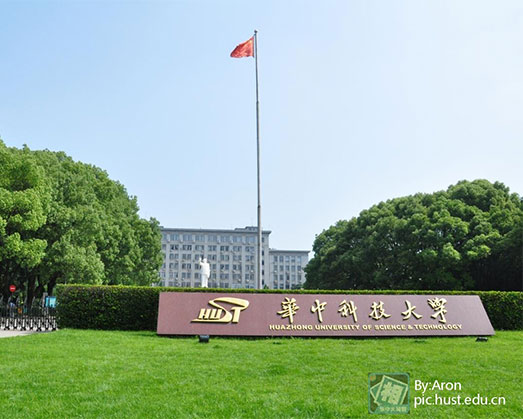On the Pulse: Chinese Medical Students Head to the US
On April 7, a new semester of classes began in the Pudong branch of Shanghai Renji Hospital in time for students to study to take the United States Medical Licensing Examination (hereafter USMLE). The class was made up of around thirty students. These students however were not medical students, but young resident doctors hoping to pass the test. There are 23 million students in China studying to become doctors. Compare this to the 400 to 500 trainees per year who train to take the USMLE, and it’s an almost negligible amount.
Li Yang was one of the candidates to take the USMLE. Studying for the final exam is becoming almost his primary concern. The students who study for the USMLE often have stronger professional capacities than their peers. These students and USMLE hopefuls often worry that continued development in China will change the medical industry and that doctors will soon have no holidays, make less money and take on more risk.
These feelings are not widely recognized by the public. The latest sample survey from renowned medical website Lilac Park, showed that the average income for Chinese doctors in the 2012-2013 year was 67,500 Yuan. In terms of income, even after taxes, the disposable income of doctors has reached double that of urban residents. The vast majority of doctors also work 9 to 12 overtime hours a week. In cities and towns of all sizes, most regard being a doctor as a very good and stable career path.
Despite the difficulty of the USMLE exam, there has been a surge of Chinese doctors who wish to practice in the United States. Chinese physicians began to go abroad to practice in the US in the eighties and nineties. At the time, the common path was to go abroad to do research, obtain a green card and test for a practitioner license after the physician had achieved US residency. USMLE has become a shortcut to a new generation of medical students. In 2008, when Li Yang first transitioned into the training group, he was one of only 34 students looking to work internationally. However, since then, the number has grown.
The USMLE exam is divided into three phases. The first phase, based on basic medical examination, is divided into seven different parts and is eight hours long. Then there is the clinical examination which is divided into clinical knowledge (CK) and clinical skills (CS). In order to pass the CS, hopefuls must come to America and perform a standardized patient assessment and physical examination. The third stage also comprises of a clinical examination which tends to integrate medical knowledge and practical application.
The average amount of time it takes to complete the full examination is 2 to 3 years. The US Foreign Medical Graduates Board of Education requires that the time between testing for the first stage and the second stage should not exceed seven years. There are currently more than 6,000 Chinese medical practitioners practicing in the US. There will not be a sudden increase in the near future; however the industry is always worried when change is on the horizon. At the same time, an influx of foreign professionals able to successfully take on the exam will potentially be a new form of support to the US medical industry.
In accordance with USMLE policies, national residency program interviews have an annual foreign quota of 7,000 to 8,000. This is about 30 percent of total enrollment into residency programs. This quota includes applicants from China; however the success rate of Chinese applicants has grown over the years to reach about 50 percent.
Will Chinese students change the face of the American residency program? As the USMLE test helps recruit more talent from abroad to the US, more and more students may look west to begin or continue their medical career.
News&Opinion
 more
more- OFFICIAL LAUNCH OF BFSU ACADEMY OF REGIONAL AND ...
- G20: Hangzhou wins world's attention
- How To Buy Happiness - The Investment Of Travel
- Goodbye, Rio; hello, China
- 2016 Yunnan-Thailand Education cooperation and e...
- Nice to meet you---你好中文!
- China sending largest-ever team to Rio
- Going to a top university ’no guarantee of getti...
Policy&Laws
How to Get one Job in China---Beijing policy
A foreigner, right, shows his job application form at a human resour...
Guilin to offer 72-hour visa-free stays
GUILIN - The city of Guilin in South China's Guangxi Zhuang autonomo...
further strengthening the visa regulation of int...
After the promulgation of new Immigration Control Act in China, Entr...





 print
print  email
email  Favorite
Favorite  Transtlate
Transtlate 








